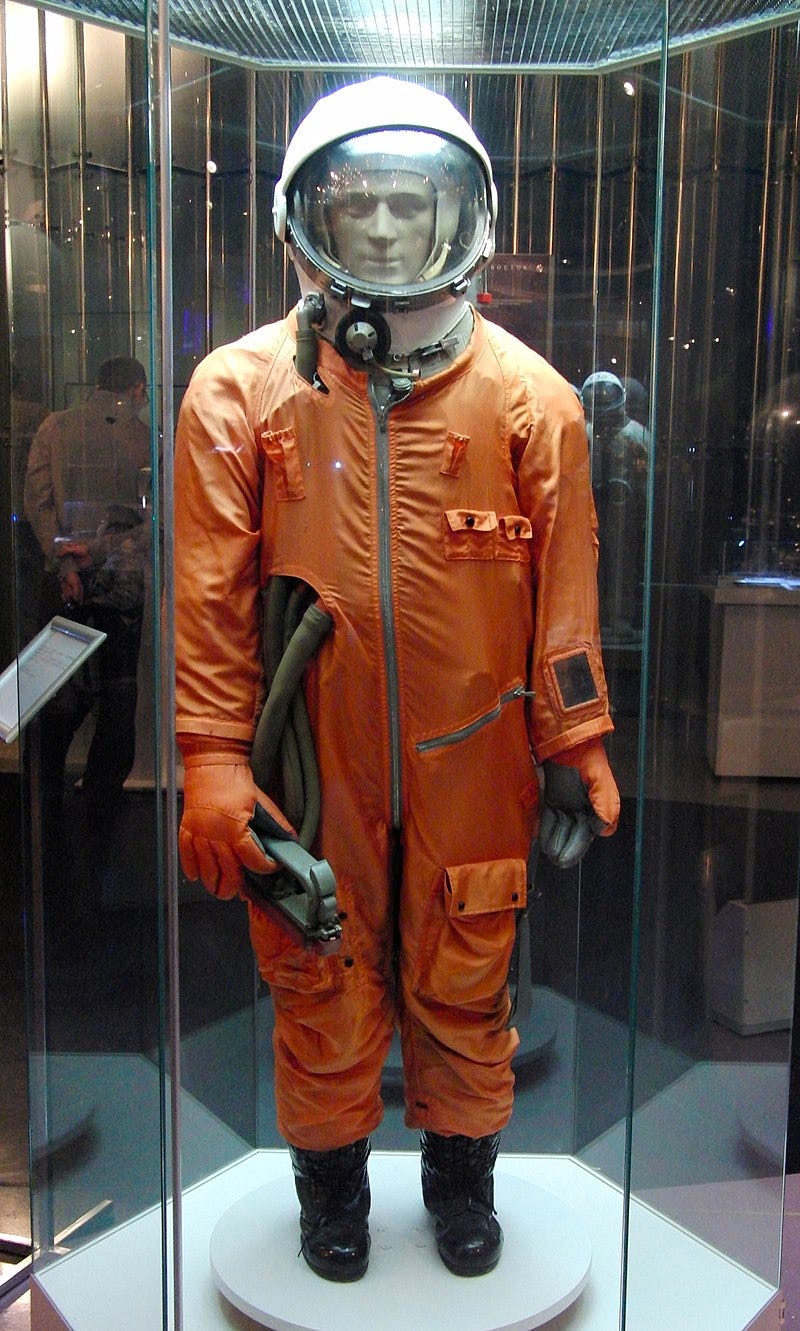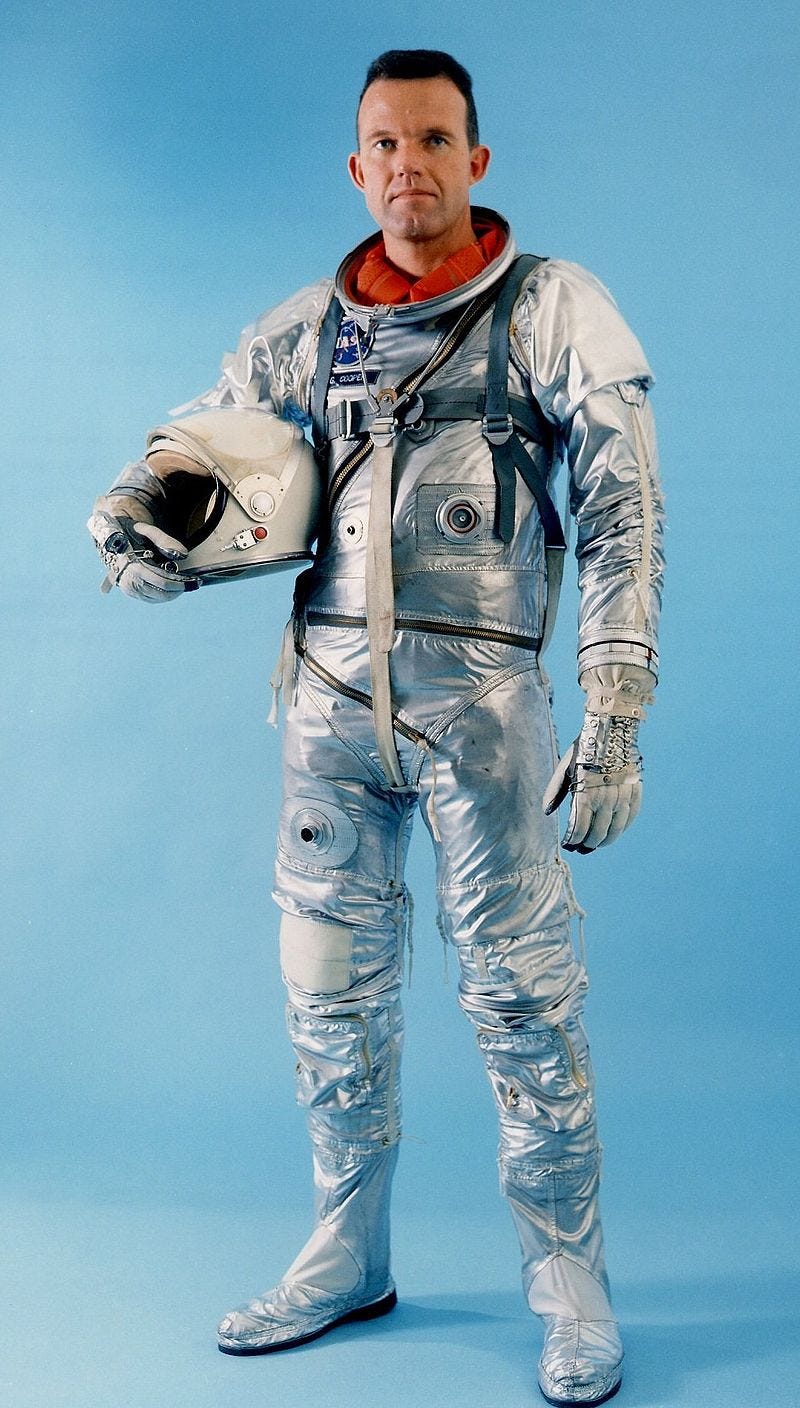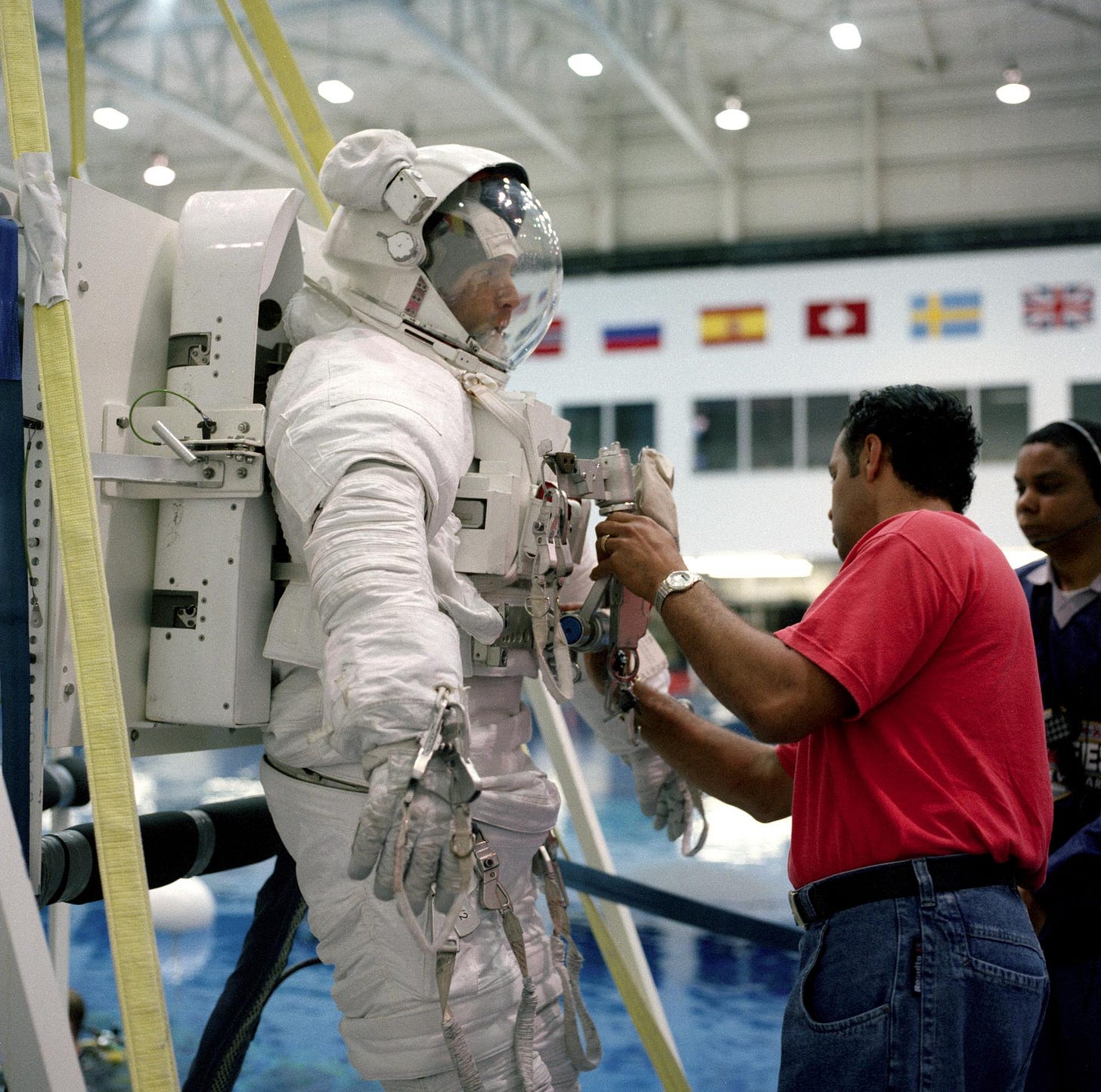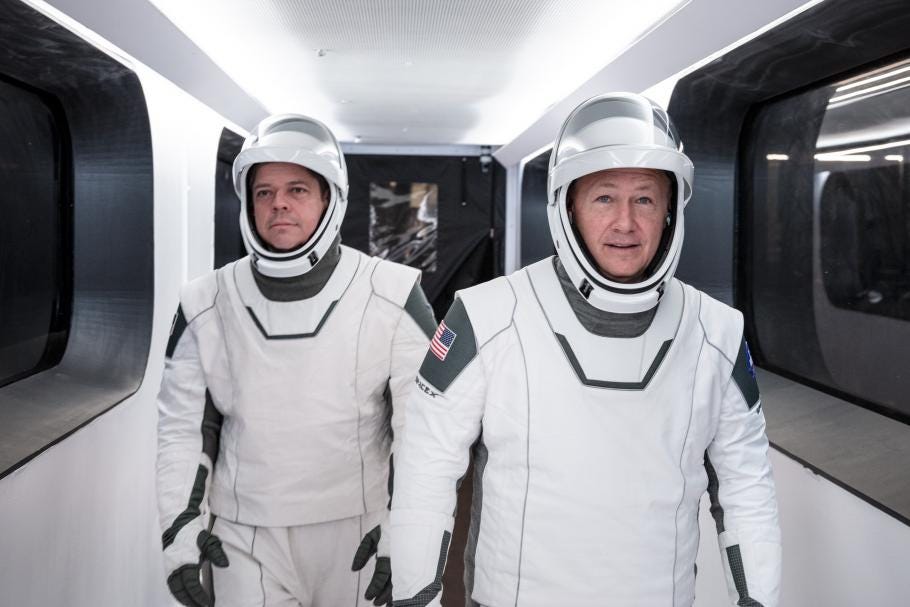The Evolution of Space Suit Technology
The Odyssey of Space Suit Advancements
🔭 Space Trivia
What is unique about Neptune's moon Triton?
A) It has active geysers.
B) It orbits the planet backwards.
C) It's the smallest moon in our solar system.
D) It has a subsurface ocean.
Right answer is provided at the end of this article, with more details.
Space exploration has been one of the most significant achievements of human history. Since the inception of space travel, astronauts have relied on highly advanced space suits to survive in the harsh and unforgiving environment of outer space. These suits have evolved significantly over the years, integrating cutting-edge materials, life support systems, and mobility enhancements. This article delves into the captivating journey of space suit technology, highlighting its evolution, engineering marvels, and its crucial role in paving the way for future Mars missions.
The Pioneering Days: Early Space Suits
The concept of a space suit, designed to protect astronauts from the vacuum of space and extreme temperatures, traces its roots back to the early days of space exploration. During the 1950s, as the Space Race between the United States and the Soviet Union gained momentum, the need for a protective suit became evident.
The Soviet Union developed the SK-1 spacesuit for the Vostok program, which carried Yuri Gagarin into space in 1961, making him the first human to journey into the cosmos. The SK-1 was a full-pressure suit that kept Gagarin alive and protected during his historic flight. In the United States, NASA developed the Mercury space suit for the Mercury program. These suits, known as "pressure suits," provided astronauts with life support and protection against the vacuum of space. The Mercury space suits were pivotal in America's first human spaceflights.
The following phase of space exploration, the Gemini and Apollo programs, demanded more advanced space suits. These suits not only needed to protect astronauts but also allow them greater mobility for conducting experiments and walking on the moon.
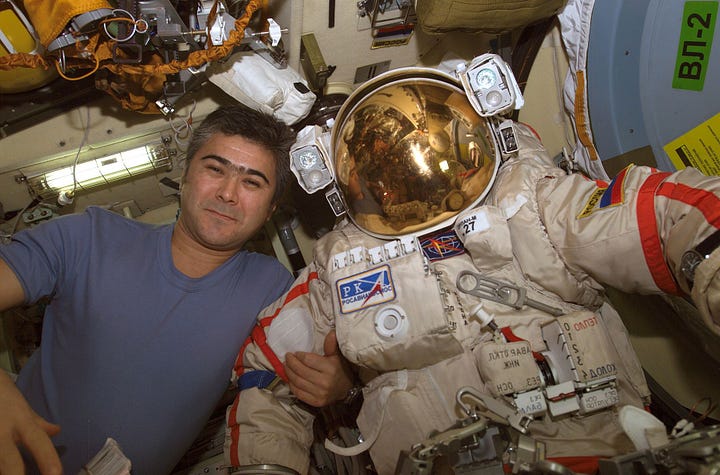
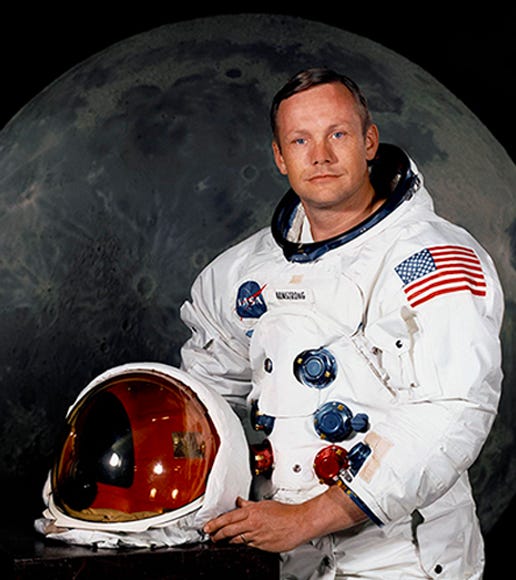
The A7-L suit was the result of rigorous engineering to meet the unique demands of lunar missions. This space suit included a Primary Life Support System (PLSS) on the back, providing life-critical functions like air supply and temperature regulation. The suit's distinctive gold visor offered eye protection from harmful solar radiation while the astronauts explored the moon's surface. Soviet space suits also evolved during this era. The Orlan space suit, designed for extravehicular activities (EVAs), became crucial for spacewalks and station missions. It included a Portable Life Support System (PLSS) that supplied astronauts with air and managed temperature, allowing them to work outside their spacecraft.
Space Shuttle Era: Advancements in Comfort
The Space Shuttle program introduced space shuttle-era spacesuits. These suits were notably more comfortable for astronauts, as they were worn during launch, re-entry, and spacewalks.
The Extravehicular Mobility Unit (EMU) marked a significant advancement in spacesuit technology. It improved mobility for spacewalks and provided life support for activities outside the Space Shuttle or International Space Station (ISS). The EMU featured layers of advanced materials to protect against temperature extremes, radiation, and micrometeoroid impacts.
The ISS Era: International Collaboration
The International Space Station (ISS) marked a new era in space exploration. The cooperative venture included contributions from multiple countries, resulting in a variety of spacesuit designs.
The Russian Sokol space suit was designed for wear during launch and re-entry in the Soyuz spacecraft. It provided life support and protected cosmonauts in case of cabin depressurization. The suit's helmet included a visor and a sunshade to safeguard against solar glare during docking procedures. The Advanced Crew Escape Suit (ACES), worn by Space Shuttle astronauts, featured an improved helmet design and a full-pressure suit. This suit was vital for crew safety during launch and re-entry and was equipped with a parachute harness for emergency egress.
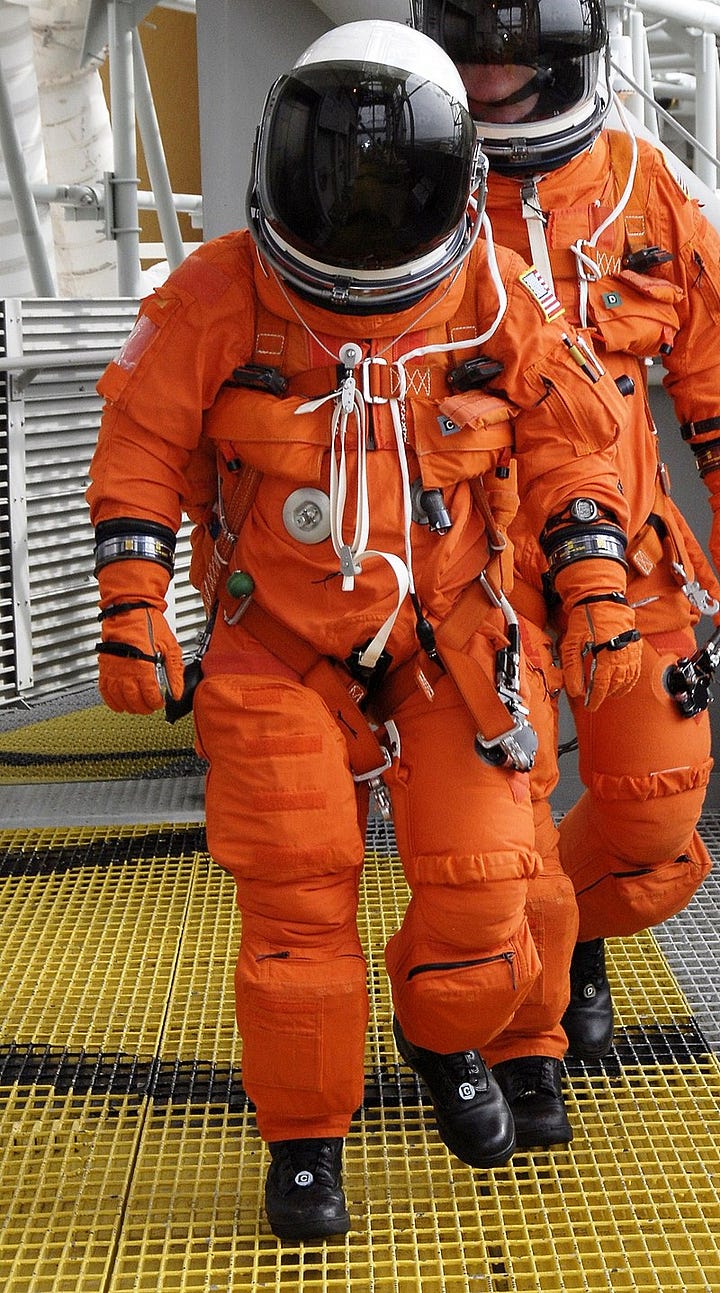
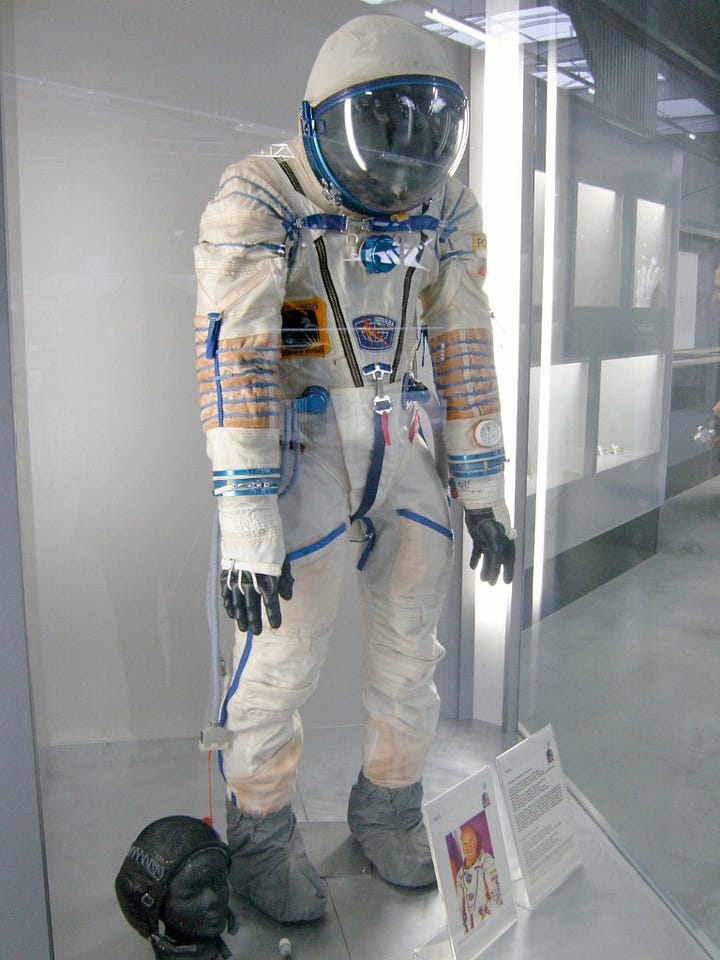
Contemporary spacesuit technology is prominently represented on the ISS. Astronauts use different suits for specific tasks, such as spacewalks and launch/re-entry.
The EMU continues to be the primary choice for spacewalks from the ISS. It provides extensive life support systems, including a liquid cooling and ventilation garment (LCVG) to regulate body temperature, as well as a sophisticated communication system for astronauts working outside the station. Russian cosmonauts still rely on the Orlan space suit for their spacewalks. It offers features like a jet thruster pack for mobility and a helmet equipped with a sun visor and protective gold-coated visor for solar radiation.
Then we have the SpaceX's modern space suits are engineered with a focus on safety, functionality, and comfort. These suits provide added safety to the astronauts during the most dangerous phases of the missions, like when they travel through the Earth's atmosphere, but they are not autonomous. The suits rely on the life support and communications systems of the spacecraft to protect life in the event of a failure of the capsule's primary life support systems. They are custom-tailored for each astronaut, providing more than just standard flame protection. The suits are integral to the spacecraft's systems, plugging into an umbilical cable in the seat for communications, suit cooling, and pressurization. Helmet technology includes valves for the pressure system and a microphone, likely with noise-cancellation capabilities. The gloves are touch-sensitive, designed with electroconductive threads to interact with the spacecraft's touch-activated controls.
Hope you liked the first part of this space suit series. In our next part we will cover what are the key features and technologies involved in modern space suits.
Answer to the space trivia:
B) It orbits the planet backwards.
Triton is the largest natural satellite of the planet Neptune. It is the only large moon in the Solar System with a retrograde orbit, an orbit in the direction opposite to its planet's rotation. Because of its retrograde orbit and composition similar to Pluto, Triton is thought to have been a dwarf planet, captured from the Kuiper belt.



